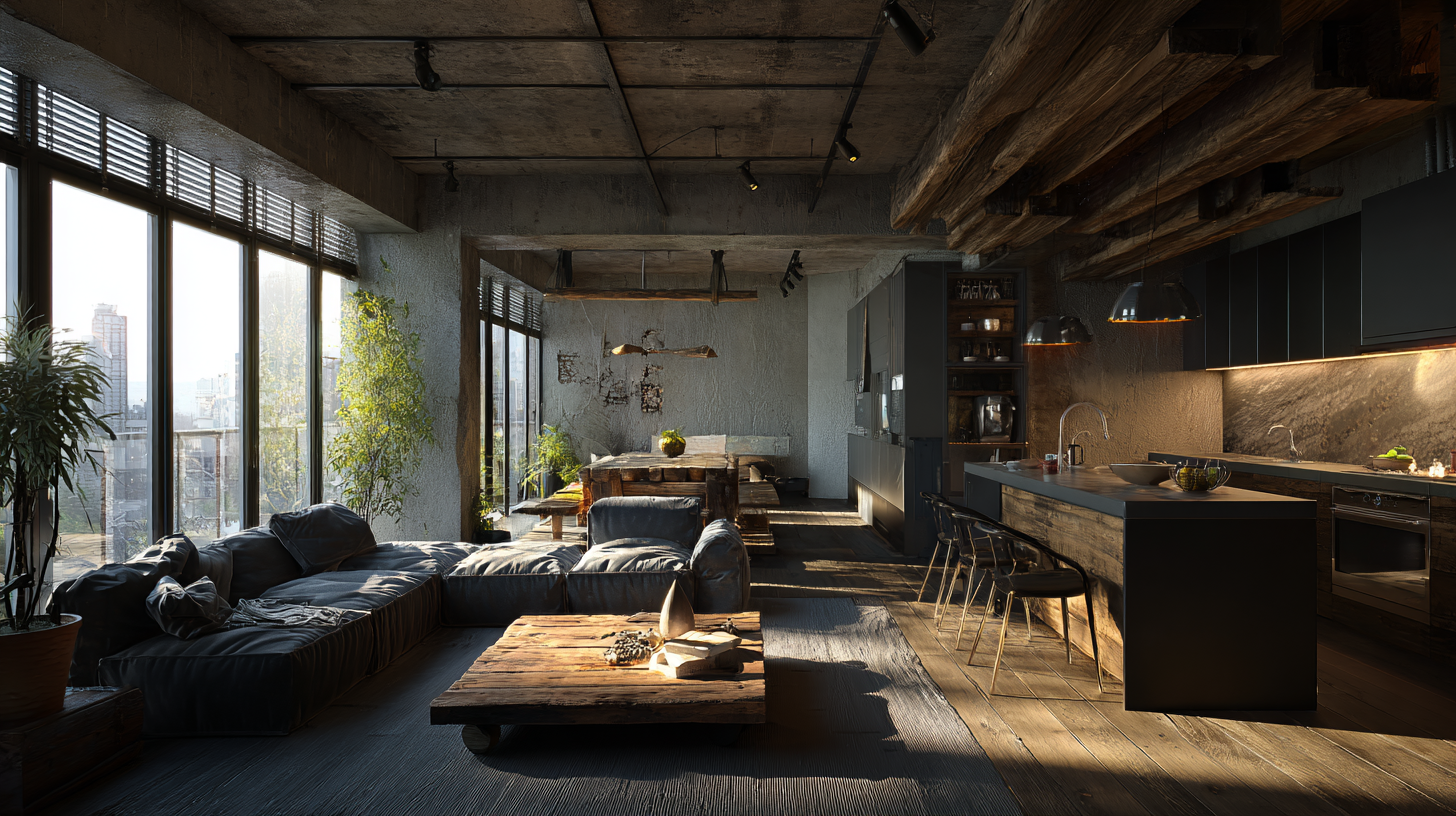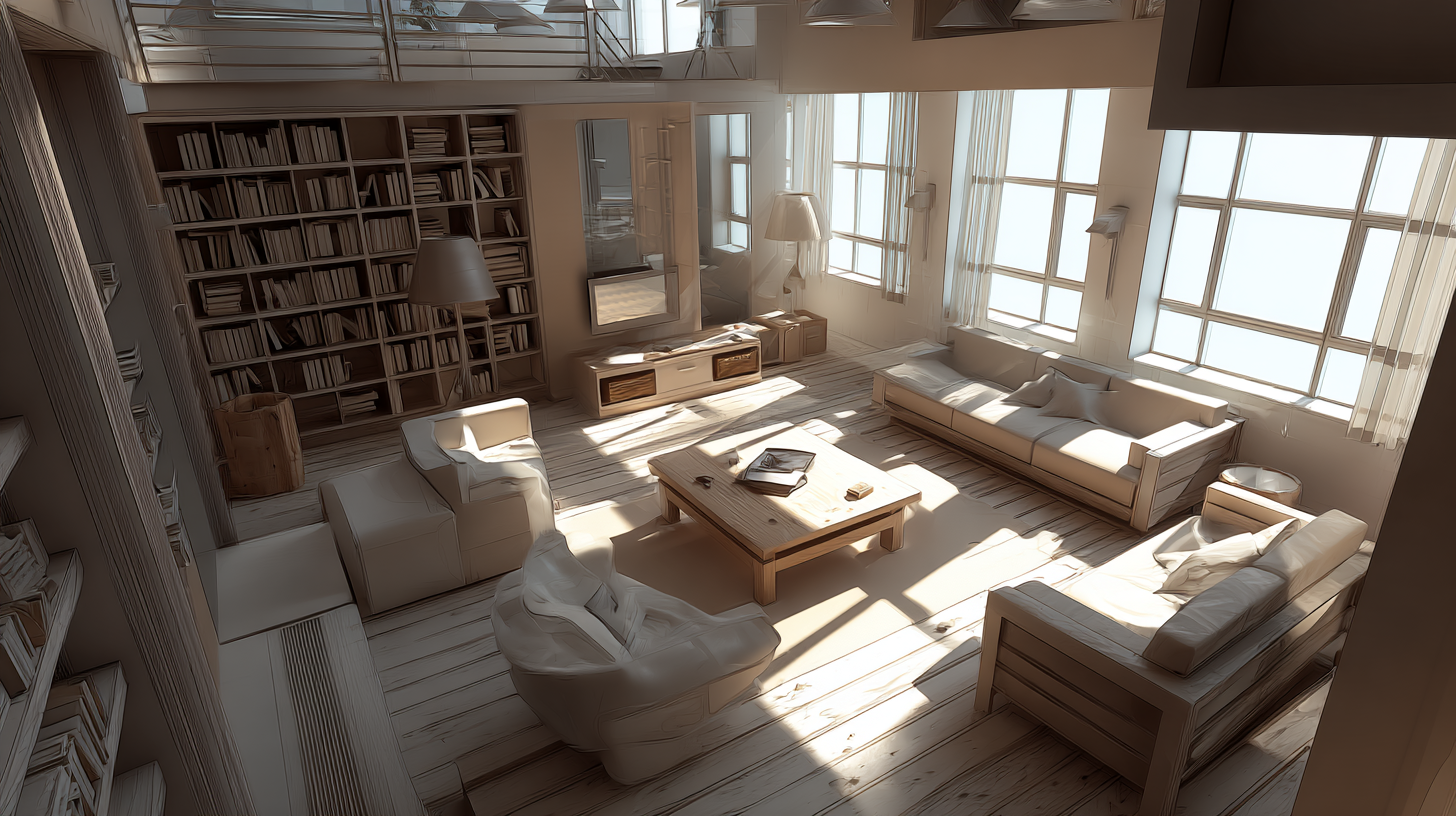10 Essential Tips to Elevate Your 3D Rendering Skills in the Digital Age
In today's fast-paced digital landscape, 3D rendering has emerged as a pivotal technology transforming industries such as architecture, gaming, and visual effects. According to a recent report by MarketsandMarkets, the global 3D rendering market is projected to grow from $1.2 billion in 2020 to over $2.8 billion by 2025, reflecting a compound annual growth rate (CAGR) of 18.4%. This surge highlights the increasing demand for high-quality visual content across various sectors.

As the boundaries of creativity expand, mastering 3D rendering skills becomes essential for professionals aiming to stay competitive. The integration of advanced software and techniques not only enhances visual storytelling but also opens up new opportunities for innovation. In this blog, we will explore ten essential tips to elevate your 3D rendering skills, enabling you to navigate and thrive in the evolving digital age.
Understanding the Fundamentals of 3D Rendering Techniques
In the rapidly evolving field of 3D rendering, grasping the fundamentals is essential for mastering advanced techniques. Understanding the core principles of geometry, lighting, and texture mapping lays a solid foundation for creating realistic and immersive 3D environments. As the industry shifts towards AI-driven solutions, familiarizing yourself with traditional methods remains vital. Techniques such as ray tracing and rasterization are instrumental in shaping how we interpret and render digital scenes.

Recent advancements, including open-source platforms and innovative rendering technologies, are pushing the boundaries of what is possible in 3D creation. For instance, emerging models not only enhance the efficiency of rendering processes but also allow artists to focus on creative aspects by automating complex calculations. As tools like AI-based models increasingly infiltrate the rendering landscape, those who are well-versed in foundational methods can leverage these innovations to elevate their work, transforming ideas into stunning visual realities in a seamless manner.
Embracing both the basics and the latest trends ensures a comprehensive understanding that can significantly enhance one’s skills in this dynamic digital age.
Exploring the Impact of Lighting and Textures on 3D Models
In the realm of 3D rendering, lighting and textures are pivotal elements that significantly enhance the realism and appeal of your models. According to the 2023 State of 3D Art Report, over 78% of 3D artists believe that effective lighting can drastically improve the overall quality of their work. Utilizing different lighting techniques, such as three-point lighting or HDRI (High Dynamic Range Imaging), allows artists to create depth and mood in their scenes. Experimenting with shadows and highlights not only defines shapes but also gives your models a lifelike essence that captivates viewers.
Texture, on the other hand, is crucial in adding detail and authenticity to 3D models. A study by the International 3D Graphics Society highlights that enhancing texture quality can lead to a 60% increase in visual appeal. To elevate your texturing skills, consider using high-resolution images as textures and employing bump maps and normal maps to create intricate surface details. Tip: Always be mindful of the scale when applying textures to ensure they are proportionate to the model, which aids in achieving a cohesive look. Experimenting with different texture techniques can elevate your work from basic to breathtaking, making your 3D creations stand out in a competitive landscape.
Mastering Software Tools for Enhanced 3D Visualization
In the realm of 3D rendering, mastering software tools is crucial for creating compelling and visually stunning designs. According to a recent report from Grand View Research, the global 3D rendering market is expected to reach $12.2 billion by 2028, growing at a compound annual growth rate (CAGR) of 23.4%. This surge emphasizes the need for professionals to familiarize themselves with advanced rendering software like Autodesk 3ds Max, Blender, and Cinema 4D, each offering unique features that cater to different aspects of 3D visualization.
Moreover, leveraging industry standards such as real-time rendering engines can significantly enhance the workflow. A study published by the International Journal of Advanced Computer Science and Applications highlighted that real-time rendering can reduce production time by up to 50% while maintaining high-quality output. As a result, mastering these tools not only increases efficiency but also allows artists to bring their creative visions to life with unprecedented speed and accuracy. Investing time in learning software intricacies will undoubtedly set you apart in this competitive field.
Incorporating Real-World Physics for Realistic Renderings
In the realm of 3D rendering, achieving realism is often anchored in the accurate incorporation of real-world physics. Understanding how light interacts with materials can dramatically enhance the visual appeal of your renders. This involves studying concepts like reflection, refraction, and scattering, which are crucial for simulating how surfaces respond to different lighting conditions. For instance, knowing that a polished surface reflects light sharply while a matte finish scatters it can guide your texture choices and lighting setups, leading to more genuine-looking outcomes.

Moreover, simulating physical properties such as weight, gravity, and motion can breathe life into your 3D scenes. By applying principles of physics, you can create animations that feel fluid and realistic. When designing objects, consider how they would realistically occupy space and interact with their environment. An object that appears to float in mid-air without support, for instance, can break immersion. By grounding your designs in the laws of physics, you ensure that your renderings not only look good but also resonate with viewers through a believable portrayal of reality.
Staying Updated with Trends and Innovations in 3D Rendering
In the rapidly evolving landscape of 3D rendering, staying updated with the latest trends and innovations is paramount for professionals looking to enhance their skills. With the growing demand for advanced visualization tools across various industries, including architecture, engineering, and product design, the significance of mastering 3D rendering techniques cannot be overstated. The market is witnessing a shift towards high-definition displays, driven by the rise of digital content creation and increased consumer expectations. Understanding these market trends allows artists and designers to leverage the appropriate tools and software, ensuring they remain competitive and relevant.
Moreover, the impact of COVID-19 has accelerated the digitization process within many sectors, intensifying the need for effective remote collaboration and visualization solutions. Industries are adapting by incorporating sophisticated 3D visualization capabilities, which not only enhance their presentations but also streamline ongoing projects. As businesses invest in new technologies, incorporating features like simulation and animation into workflows becomes essential. Keeping abreast of these innovations and trends empowers professionals to refine their craft effectively, allowing them to deliver exceptional results in a digital age that increasingly prioritizes visual communication.
10 Essential Tips to Elevate Your 3D Rendering Skills in the Digital Age
| Tip Number | Tip Description | Benefits | Tools/Software |
|---|---|---|---|
| 1 | Study the fundamentals of light and materials. | Improves realism in renders. | Blender, Maya |
| 2 | Keep up with the latest rendering technology. | Access to enhanced features. | Chaos, V-Ray |
| 3 | Experiment with different rendering engines. | Diversify skills and output styles. | Octane, Corona |
| 4 | Learn the art of composition and framing. | Creates visually appealing renderings. | Photoshop, SketchUp |
| 5 | Take advantage of community resources and forums. | Gains insights and troubleshooting tips. | Various online platforms |
| 6 | Regularly practice and build a portfolio. | Showcases your skills to potential clients. | Personal website, Behance |
| 7 | Seek feedback from peers and mentors. | Enhances quality of work through critique. | Social media, art communities |
| 8 | Utilize tutorials and online courses. | Accelerates learning and skill development. | Udemy, Coursera |
| 9 | Implement post-processing techniques. | Enhances final render quality. | After Effects, Luminar |
| 10 | Network with other 3D artists. | Opens opportunities for collaboration. | LinkedIn, ArtStation |
Related Posts
-

Understanding the Best Ai 3d Rendering Techniques and Their Impact on Modern Design
-

Crafting Excellence in 3D Model Rendering for a Global Market Made in China
-

The Ultimate Guide to Mastering Best AI 3D Rendering Techniques for Stunning Visuals
-

Unlocking the Power of Best AI 3D Rendering: What Makes It Stand Out?
-

How to Enhance Product Visualization with 3D Render Techniques for Maximum Impact
-

The Ultimate Guide to Creating Stunning Digital Renderings for Your Projects


